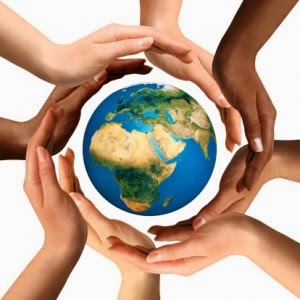Cultural Diversity in Malaysia
Malaysia is a country whose population consists of diverse cultures. The
main ethnic groups in the country are Malay, Chinese and Indian communities as
well as in Sabah and Sarawak as Dusun, Murut, Bajau, Kadazan, Iban, Dayak and
others. Every race in Malaysia have their own culture which has been
practiced since ancient times until now. Adopted and inherited culture whether
in the arts, languages, customs, music, religion, faith or law has its own
unique character of each community. All forms of cultural and all other
religions are always respected. Therefore, efforts should be made by all
parties to cultural traditions in all races not disappear from public life now
as a result of the modernization.
There are a variety of ways or effort that can be done by all parties to
maintain their owns culture. The individual plays a very important role in
maintaining a culture, because without action from individuals, various efforts
will be unsuccessful. An individual in every people should have a high
desire to continue the culture in their own race so that culture can be
maintained, for example, young people in the Malays should open their eyes to
learn about Malay dance like dance contests, "Ulik Mayang" dance,
"Joget" dance, "Dikir", and others. Apart in
terms of the arts, customs were not forgotten as the Malay community there are
customs that are still practiced prior to the marriage customs, engagement and
married. However, there are specifying the Malay community has been
neglected due to modernization. Therefore, every individual should do
their part to maintain every culture in their communities.
Apart from the individual itself, the school also plays an important role in cultural activities in all the races in Malaysia. The school can create associations or clubs related to culture in a community. Schools play a relatively important role for being a second home to the children and adolescents after their home and much time will be spent by these groups in the school. Therefore, with the association or club related to arts and cultural activities for every race, will surely encourage students, especially when they are young is to continue to engage and inherit a cultural activity. The school may create a club like Malay club dance, Chinese dance, India dance and others. All should be about the culture of every community in Malaysia. In addition, this condition can also encourage students to learn about the culture of different ethnic groups and races themselves. Therefore, the school should play a proper role in order to makes the habit of Malaysian culture in students appears since they were young again.







